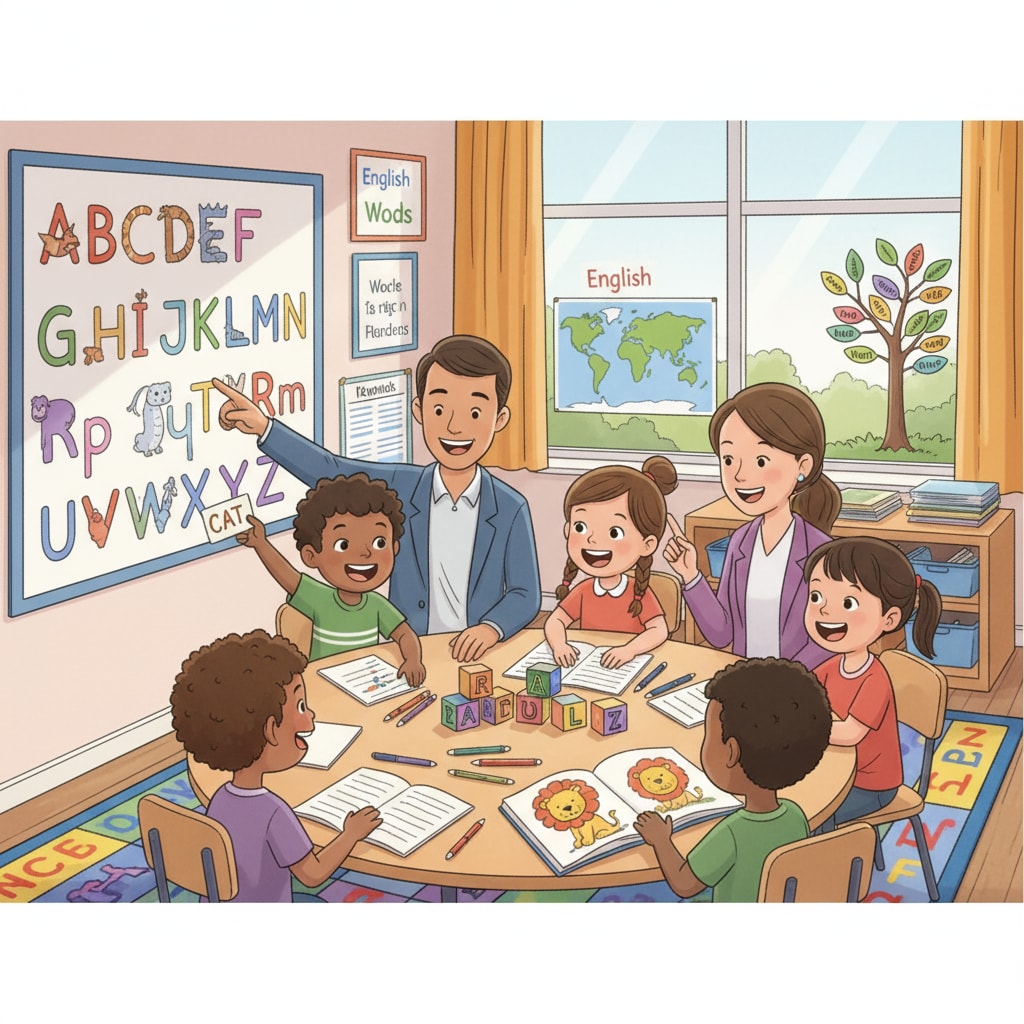In the realm of second language teaching, early education plays a pivotal role, especially when it comes to teaching English to lower primary school students. Effective teaching methods are crucial for laying a solid foundation for students’ language learning journey. In this article, we will explore various approaches to make English teaching in lower primary grades more effective.

The Significance of Early Second Language Education
Early education in a second language, like English, offers numerous benefits. Research has shown that children at a young age have a remarkable ability to absorb new languages. Their brains are highly adaptable, making it easier for them to acquire pronunciation, grammar, and vocabulary. For example, a study by Britannica on child development indicates that exposure to a second language in early childhood can enhance cognitive skills. It broadens their horizons and prepares them for a more globalized world.

Comparing Different Teaching Models
There are several teaching models commonly used in lower primary English teaching. One is the immersive teaching model, where students are surrounded by the English language in all aspects of the classroom environment. This helps them develop natural language skills but may be challenging for some students who have little prior exposure. Another is the game-based teaching model. Games make learning fun and engaging. As a result, students are more motivated to participate. For instance, language learning games can be used to teach vocabulary. However, it may lack in-depth grammar instruction. The multi-sensory teaching model, on the other hand, appeals to different senses such as sight, hearing, and touch. It aids in better understanding and retention of knowledge. According to Wikipedia’s page on language learning, this model can be highly effective in early language acquisition.
Each model has its own advantages and disadvantages. Educators need to carefully consider the characteristics of their students when choosing a teaching model.
Implementation Strategies
To ensure effective second language teaching in early education, several strategies can be implemented. First, it’s essential to align with students’ cognitive characteristics. Lower primary students are more interested in vivid images, stories, and hands-on activities. Therefore, teaching materials and methods should be designed accordingly. Second, creating a real language environment is crucial. This can be achieved through role-playing, group discussions, and using authentic English materials. In addition, a scientific evaluation system should be established. Regular assessments can help educators understand students’ progress and adjust teaching methods accordingly.
Readability guidance: As we’ve seen, different teaching models and strategies contribute to effective English teaching in lower primary grades. By understanding students’ needs and choosing appropriate methods, educators can enhance students’ language learning experience.


